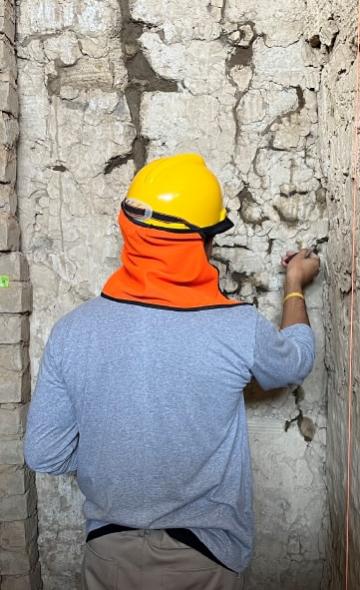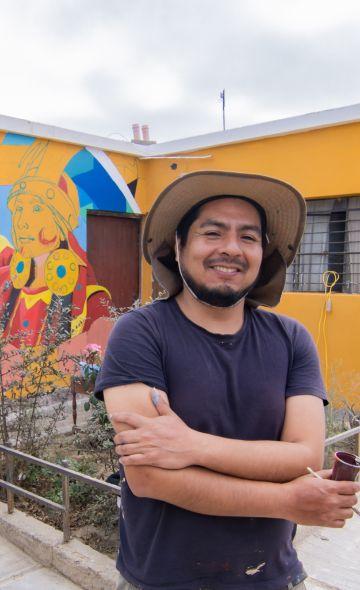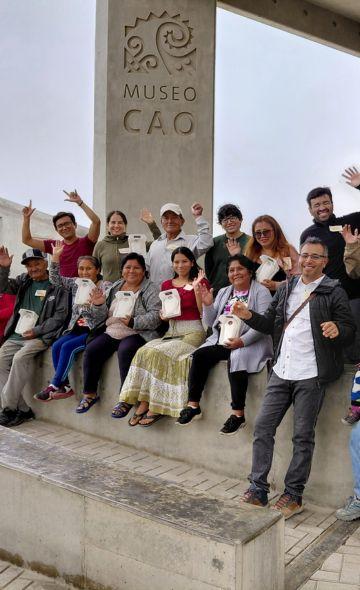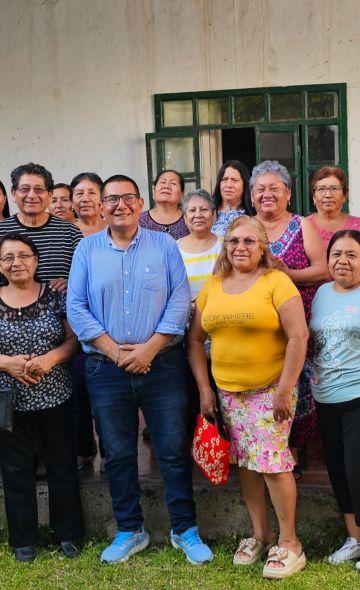- Visitors
- Researchers
- Students
- Community
- Information for the tourist
- Hours and fees
- How to get?
- Visitor Regulations
- Virtual tours
- Classic route
- Mystical route
- Specialized route
- Site museum
- Know the town
- Cultural Spaces
- Cao Museum
- Huaca Cao Viejo
- Huaca Prieta
- Huaca Cortada
- Ceremonial Well
- Walls
- Play at home
- Puzzle
- Trivia
- Memorize
- Crosswords
- Alphabet soup
- Crafts
- Pac-Man Moche
- Workshops and Inventory
- Micro-workshops
- Collections inventory
- News
- Community
- The important work of Archaeological Conservation in the El Brujo Archaeological Complex
News
CategoriesSelect the category you want to see:
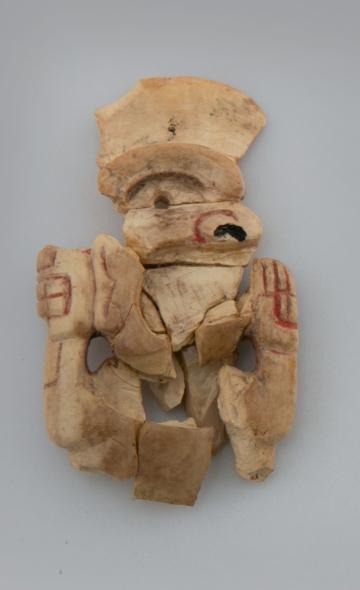
The Cupisnique Era at El Brujo ...
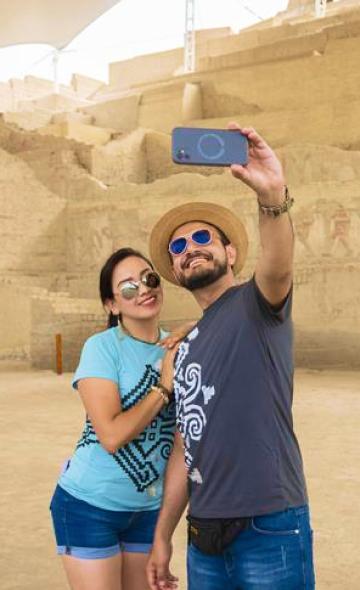
What Do You Need to Travel to Peru? Recommendations for an Unforgettable Visit ...
To receive new news.
By: Complejo Arqueológico El Brujo
In 1990, the Wiese Foundation signed its first agreement with the Ministry of Culture of Peru, marking the beginning of a crucial work in the research, conservation, management and dissemination of the El Brujo Archaeological Complex, a cultural space that covers 100 hectares and contains more than 14 thousand years of the socio-cultural history of the Peruvian north coast. This one-of-a-kind partnership in Peru has allowed the Wiese Foundation to lead archaeological research and conservation projects, as well as promote capacity building in the area of influence of the project.
Archaeological conservation in El Brujo is of utmost importance, as it not only preserves a priceless treasure of Peru's history and culture, but it also facilitates ongoing research, educational tourism, and the prevention for natural phenomena.
To carry out archaeological conservation works, we not only evaluate the state of the asset, but also define the areas of intervention and carry out specific actions to guarantee their long-term preservation, allowing future generations to enjoy our heritage.
Immovable Conservation: Conservation and Prevention works against the Global El Niño Phenomenon
Immovable conservation is a fundamental part of this work in this season with special attention to prevention vis-vis the arrival of the Global El Niño phenomenon, whose impacts will be felt at the end of 2023, during these last months, probably extending until the beginning of 2024.
Improvements to the roof structure that protects the Huaca Cao Viejo.
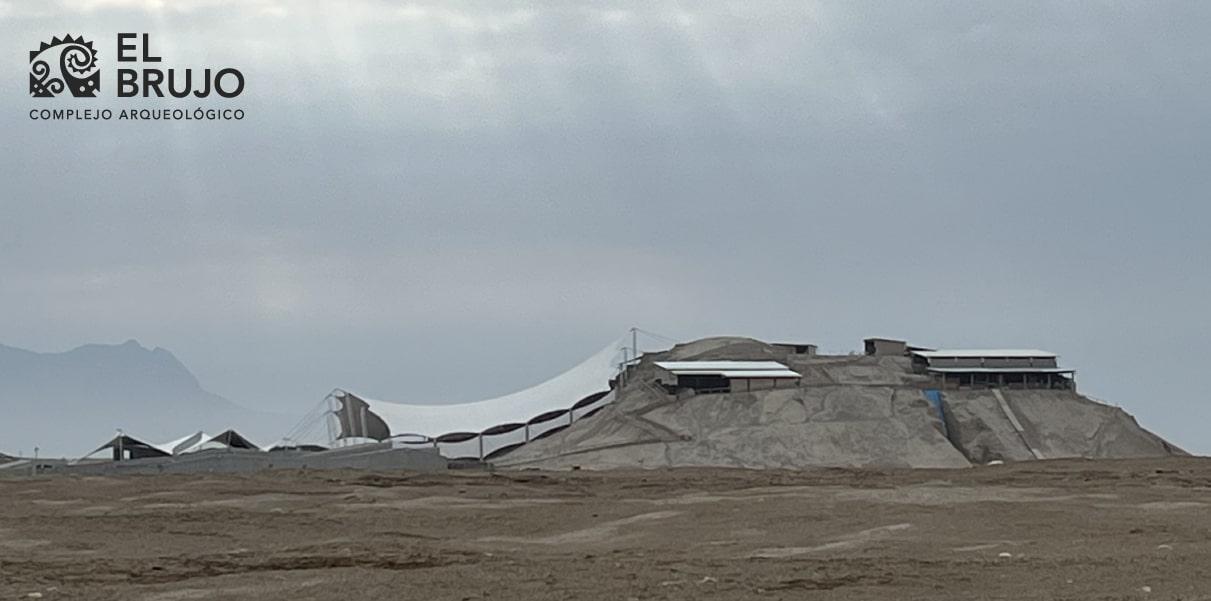
Image 1: Front view of the Huaca Cao Viejo coverings and the site museum
As part of the preventive conservation work, a series of significant improvements have been made to the roof structure that protects the Huaca Cao Viejo (image 1), focusing on the renovation and reinforcement of its structure. A thorough maintenance has been carried out on all the wood and metal components that make it up. We have also installed troughs and ducts connected to the drain boxes to effectively manage the evacuation of rainwater. These elements play a crucial role by redirecting and draining rainwater, thus preventing the deterioration of the Huaca Cao, which is especially sensitive to water, and preventing the onset of seepage.
Comprehensive conservation of the Mausoleum Enclosure of the Lady of Cao: structural reinforcement and conservation of archaeological architecture
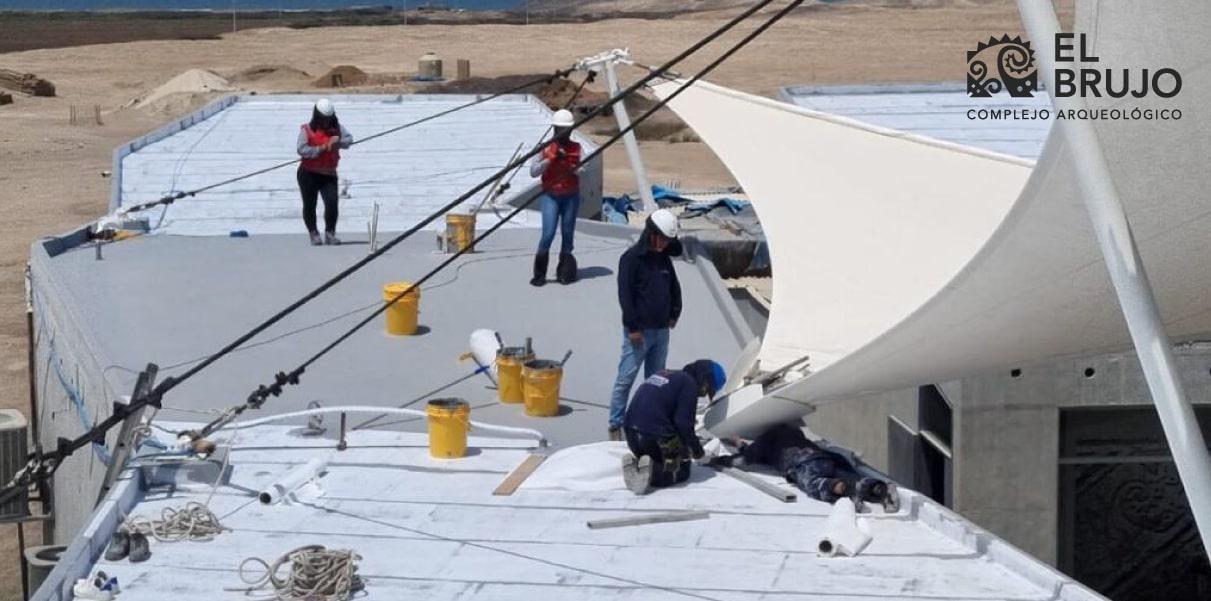
Image 2: Works on the tensioned structure of the site museum
The northwest ceremonial enclosure, known for having been the last dwelling of the Lady of Cao, is a space of great importance for Peruvian archaeology. This space is a typical Mochica ceremonial courtyard, characterized by containing a beautifully decorated corner enclosure. On its north wall stands a decorated pillar, in which diagonal fissures were detected during the periodic evaluations.
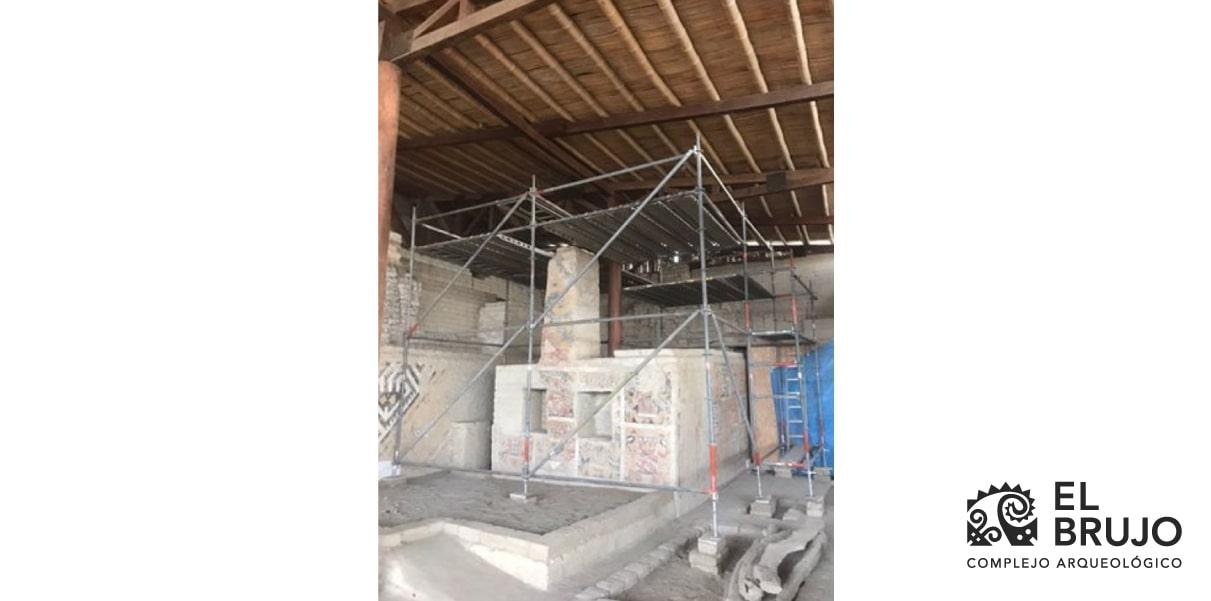
Image 3: Conservation in the Northwest Ceremonial Enclosure – Intervened polychrome pillar.
In response to this situation, a structural assessment was conducted to determine the severity of the cracks and the risk they posed to the pillar. Based on this evaluation, a wooden structure was designed and built, that embraces the pillar from the inside of the enclosure (as shown in image 4), preventing it from leaning further and possibly collapsing. The way the design was done and executed prevents the visitors' viewing experience from being interrupted.
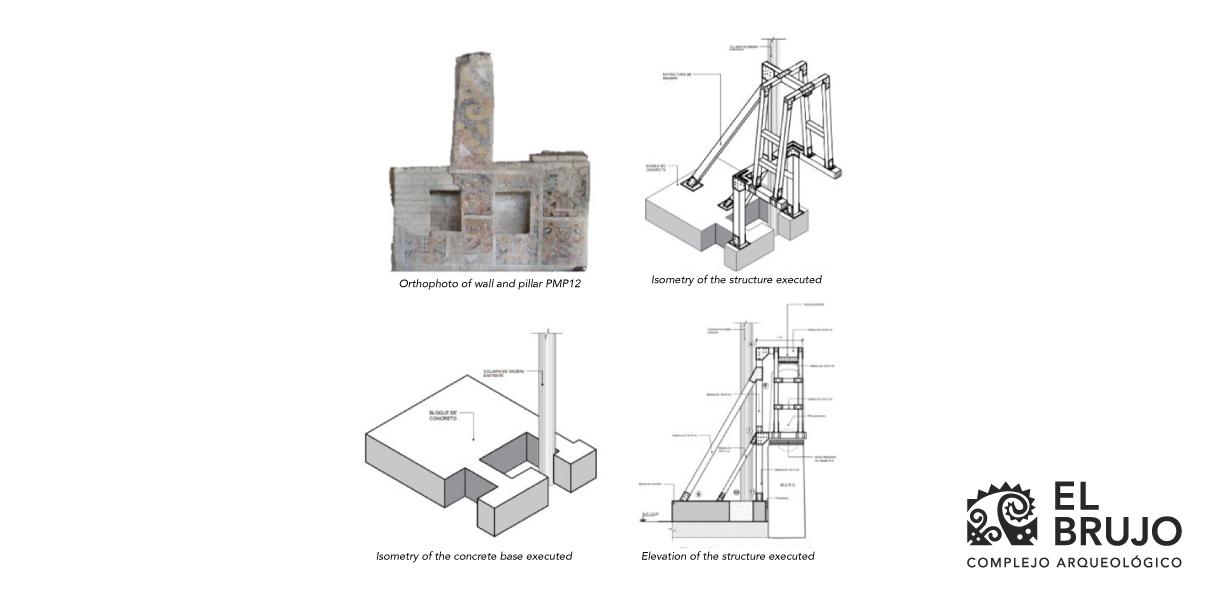
Image 3: Design of the support structure of the polychrome pillar.
On the other hand, the dirt floor of this space was replaced by a floor made of adobes placed as cobblestones. This new floor clearly demarcates the transit area for visitors during their tour of this site, which contributes to a more organized and pleasant experience.
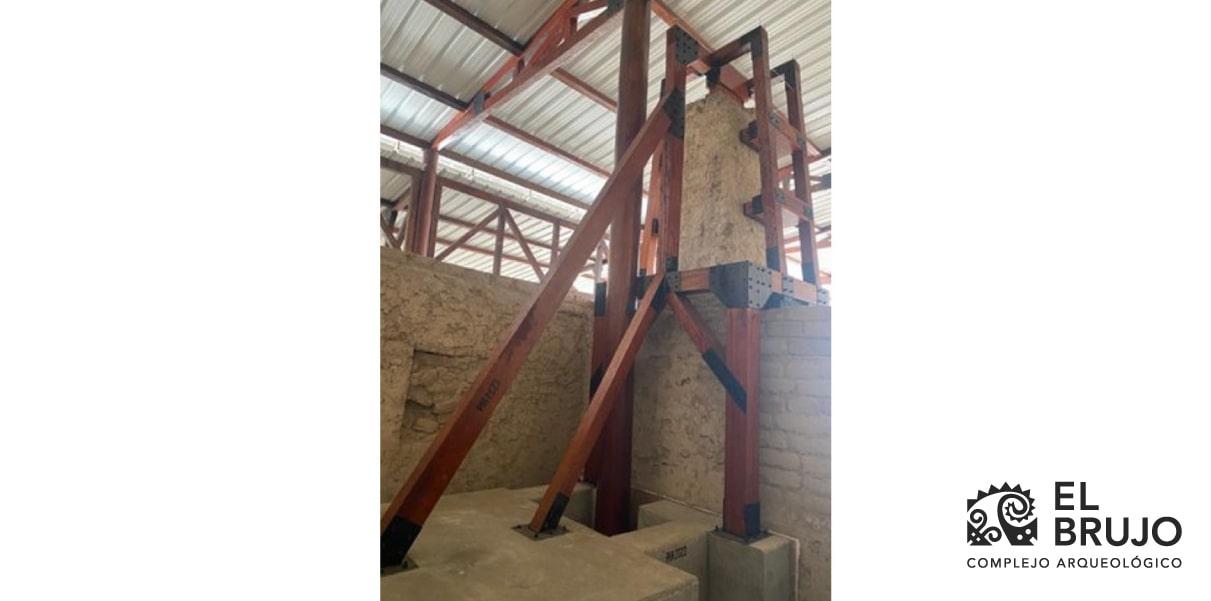
Image 5: Supporting structure installed, made of wood, steel anchors and a concrete base.
The works described correspond to the Archaeological Research Project for Conservation purposes carried out in 2023 and represent a small part of all the interventions carried out by the El Brujo immovable conservation team throughout 2023, with the aim of preserving the valuable cultural heritage and improving the experience of those who visit the site.
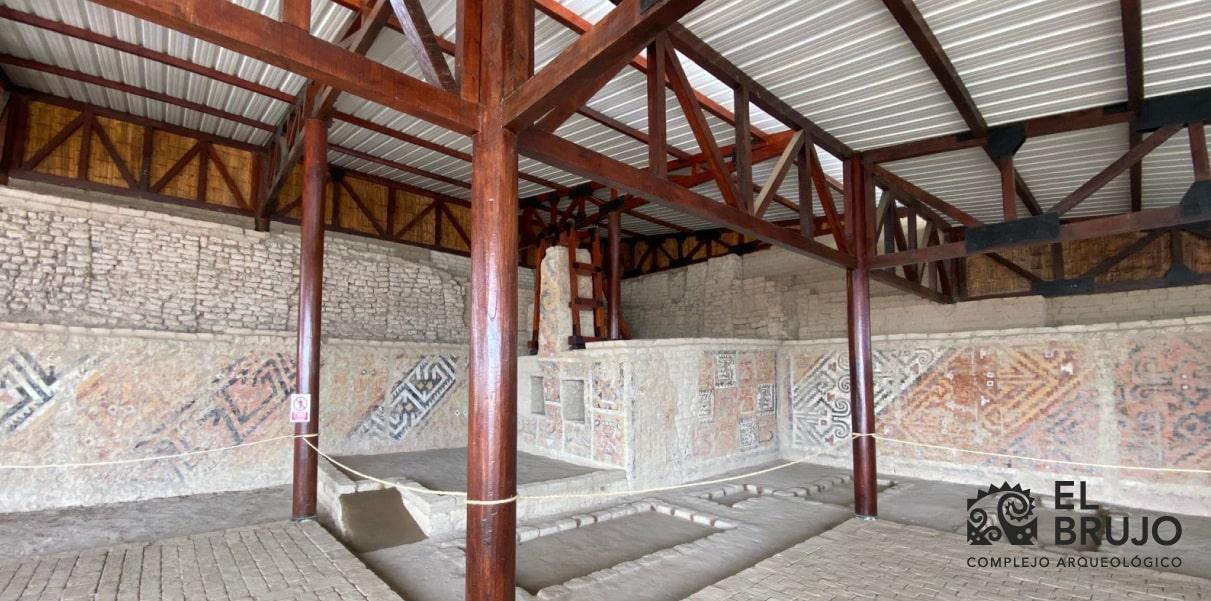
Image 6: The resulting improved floor.
Movable Conservation: Preventive Work in the Site Museum and Partial Renovation of Room 06
Regarding the conservation of movable elements, preventive work has been carried out in the Site Museum, aside from a partial renovation in Room 06. Among the work carried out, the electrical system has been improved, repairs have been made to the ceilings of the museum to prevent water leaks into the museum's infrastructure and a drainage and waterproofing system has been implemented on roofs and floors.
Also, silica gel boxes have been placed in various parts of the museum. This is essential for the conservation of objects made of organic material, such as the wood of the wooden Idol, as it helps prevent deterioration caused by humidity and the proliferation of microorganisms.
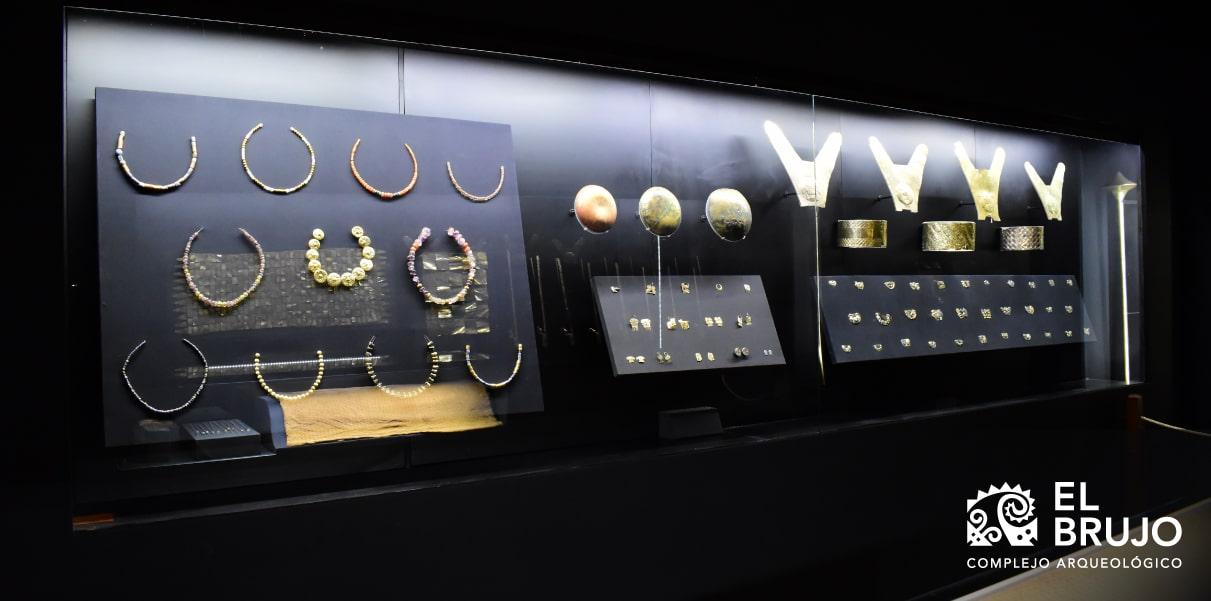
Image 7: Painting and renovation of all the display cases (internal and external) in room 6.
Conservation works in Room 06: The World of the Ancestors Room in the site museum
Room 06 has undergone an extensive renovation with the aim of improving the conservation conditions of all the assets and guaranteeing their preservation.
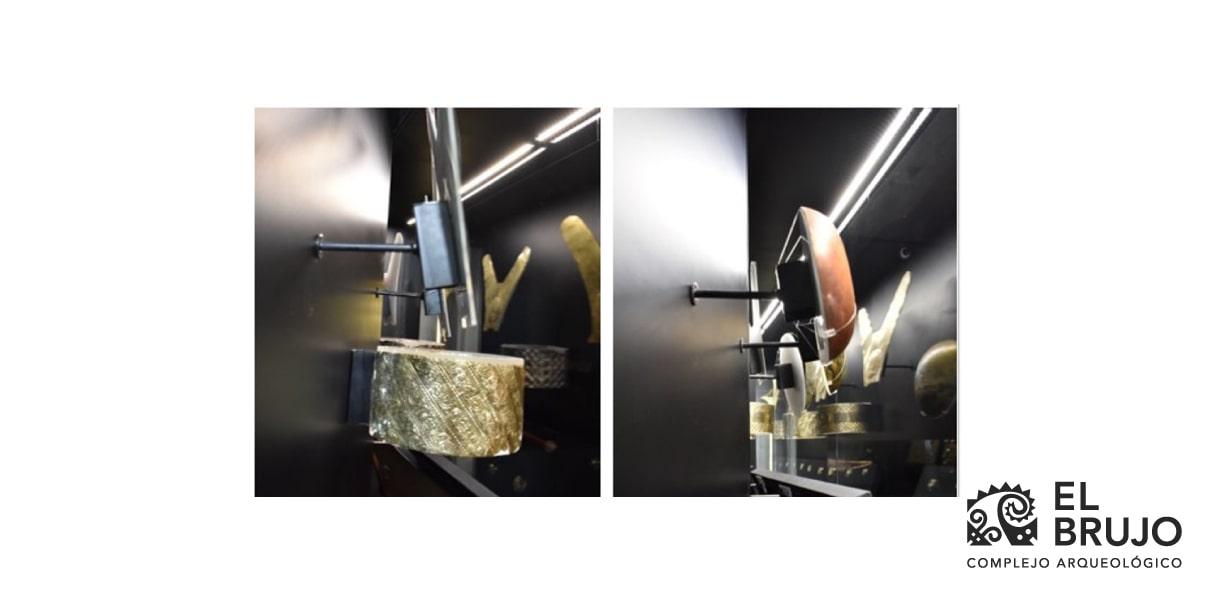 Image 8: New steel brackets.
Image 8: New steel brackets.
One of the actions implemented was the renovation of panels and display glass cabinets in the room. These panels are now made of seasoned wood, which is safe, innocuous and fireproof (as shown in Image 8).
Moreover, stainless steel brackets (Image 9) have been incorporated into the new panels to ensure the safety of the items and facilitate their mounting and dismounting.
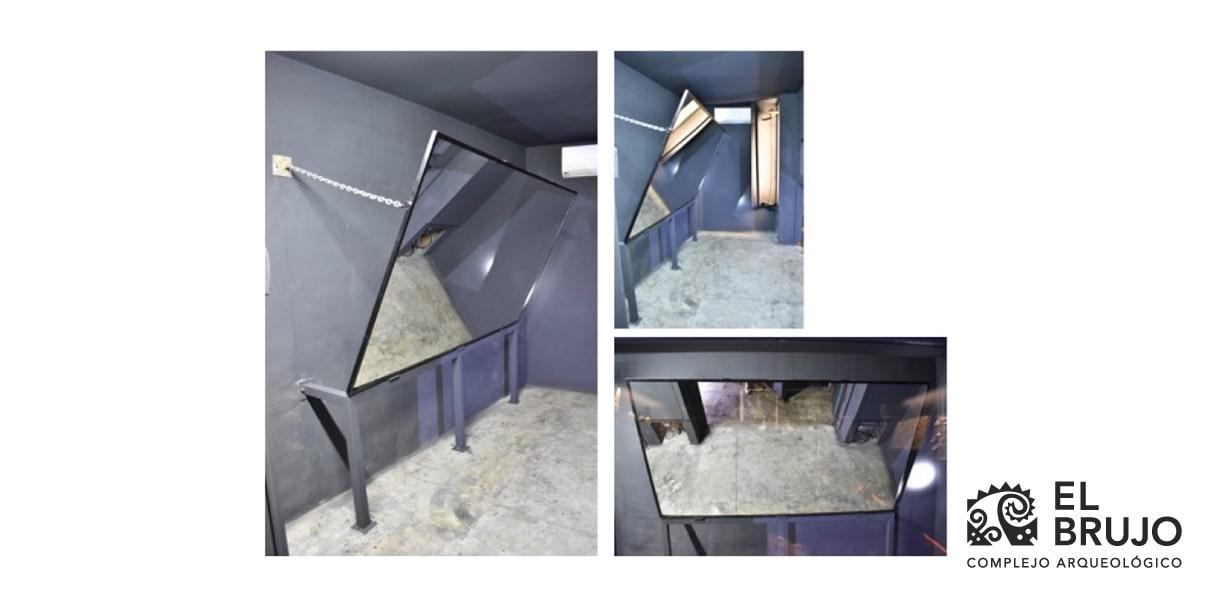
Image 9: Stainless steel mirror bracket (painted grey) with adjustable system.
As for the most important actions in the Museum, we have intervened in the housing that contains the urn of the Lady of Cao. We improved the holder of the mirror that reflects the Lady of Cao by adding stainless steel chains that allow to adjust its tilt in a simple manner.
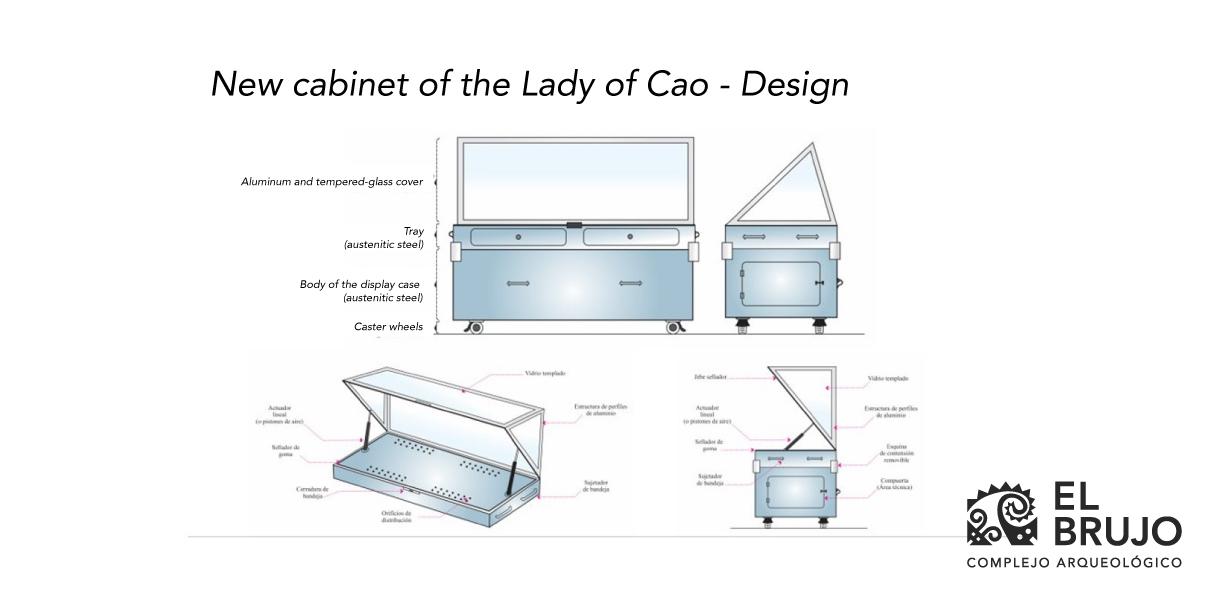 Image 10: New cabinet of the Lady of Cao - Design.
Image 10: New cabinet of the Lady of Cao - Design.
To control the temperature in this space, aside from the air conditioning system in the room, we have installed another one in the housing of the Lady of Cao. This is crucial, given that we must maintain a temperature of 20°C and a humidity level of 60%, which are essential conditions for the conservation of this archaeological relic.
The urn or cabinet that houses the Lady of Cao has undergone a complete transformation, going from an MDF (Medium Density Fiberboard) cabinet to a structure of aluminum, tempered glass, and austenitic steel.
This new cabin incorporates an opening system with hydraulic pistons for easy access and continuous care of the mummified body of the Lady of Cao. It also has compartments for silica gel and ventilation holes that prevent the accumulation of moisture, thus guaranteeing an adequate preservation.
Video: Final result of the urn of the Lady of Cao.
Each one of these measures is essential to guarantee that the Lady of Cao continues to be a valuable piece of evidence of Peru's history, preserved for future generations.
Immovable and Movable Conservation: Key to long-term preservation
The Wiese Foundation plays a crucial role in the archaeological conservation and preservation of El Brujo, protecting Peru's cultural legacy for future generations. Its focus on prevention and constant research and improvement work are fundamental to this purpose.
The conservation of immovable and movable assets in El Brujo enriches the present and future by fostering awareness of history and the cultural heritage. Every detail, from the wooden structures to improvements in lighting and monitoring systems, contributes to long-term preservation.
This tireless work is a reminder of the fragility and precious value of our past, and it underscores the constant effort to keep alive the history and cultural richness of Peru's northern coast in El Brujo.
Community , outstanding news


